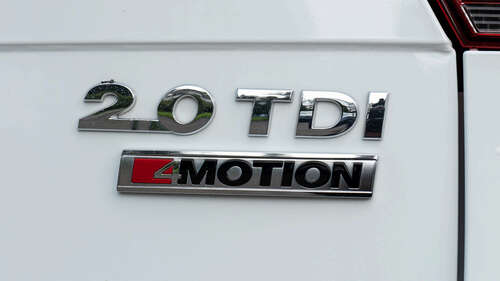
Turbochargers boost fuel mileage along with performance, and by the time the 1973 oil embargo hit, US-based consumers had overcome the notion that turbos were unreliable and too expensive to justify the fuel savings they provided. In 1979, Dodge began using a 5.9-liter turbodiesel engine in Ram pickups, and by the mid-’90s, most other domestic truck manufacturers had begun using turbodiesels of their own. Most buyers appreciated the performance boost a turbocharger gave to an otherwise plodding diesel engine, and multiple turbochargers are now common; Bugatti’s W-16 engine has four of them.
The increased reliability of turbochargers has made them more commonplace as the years go by. BMW no longer has a single non-turbocharged engine in its lineup, and Mercedes-Benz, Audi, and Porsche are also pushing naturally aspirated motors to the side.
As governments worldwide tightened emissions regulations, automakers looked to refine diesel engines, which produce more harmful Nitrogen Oxide (Nox) gases than gasoline-fueled engines. Turbos allow manufacturers to use smaller engines in vehicles, which reduces the volume of emissions produced. Turbochargers also make engines more powerful, which cuts back on fuel consumption. Now that turbos are so commonplace and no longer carry the stigma of being overcomplicated or unreliable, carmakers can add them to engines without fear of frightening customers away.
Michael Menn, the head of engine development for BMW’s M division, told Car and Driver why he and his colleagues were leaning hard on turbo technology. “At the moment, the main point is consumption and reduction of CO2,” he said. “If that stays the main point, then I am sure the industry stays with turbocharging.”

